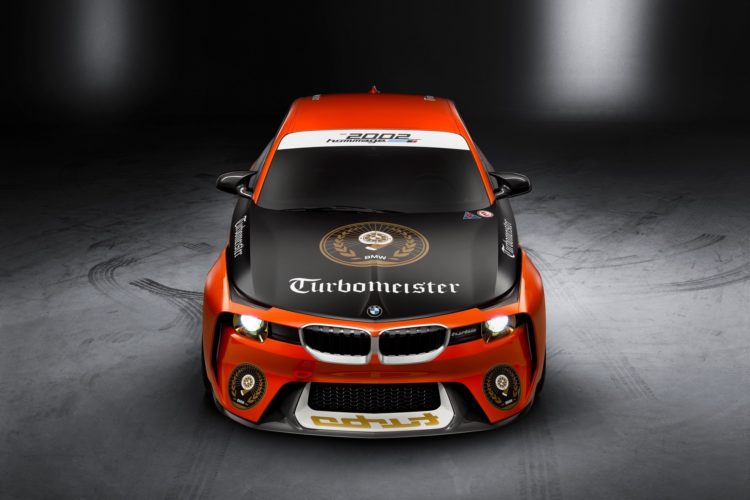Last month Rolls-Royce announced that it will be bringing together an exclusive exhibition made up of all the Rolls-Royce Phantom models ever made, in the process of unveiling the eight version that is due this year. The so-called ‘The Great Eight Phantoms’ exhibition was stated to be held in Mayfair but nobody knew exactly where and when. Today, Rolls-Royce made another step forward, letting us know that the exhibition will take place at Bonhams on Bond Street, London, the heart of the luxury world.
Rolls-Royce also announced that the second Great Phantom to join the exhibition will be Sir Malcolm Campbell’s Phantom II Continental. At the height of his pursuit of a new land speed record in the 1930’s, Sir Malcolm Campbell began a relationship with Rolls-Royce that would take him to glory and help him celebrate it.
At the end of 1932 Campbell had won prestigious Grand Prix races, broken the land speed world record not once but six times, and had been knighted by King George V. He had nothing left to prove. He was the fastest man on land and yet, as restless as ever, he wanted to take a crack at the 300mph barrier, the automotive equivalent of the four-minute mile. He believed that the only engine that could power his Blue Bird to this speed was a 36.5L Rolls-Royce R aero engine, which generated a staggering 2,300 horsepower.
On 22 February 1933, Blue Bird’s first run with the Rolls-Royce engine set a new world land speed record of 272 miles per hour (438 km/h) at Daytona Beach, Florida. A month later, Campbell celebrated by taking personal delivery of a new Phantom II Continental, registration AGO 1.
The short-wheelbase Continental had been introduced in 1930 as a ‘sportier’ version of the Phantom II, which had debuted a year earlier. The Continental, with its improved balance and springing, was capable of 95mph – modest by Campbell’s standards, but positively head-spinning for a car weighing almost two and a half tons.
The Motor magazine commented that the Phantom II Continental was ‘Powerful, docile, delightfully easy to control and a thoroughbred, it behaves in a manner which is difficult to convey without seeming to over-praise.”
Although AGO 1 was bodied by coachbuilders Barker as a ‘standardised touring saloon’, there were some Bespoke modifications ordered by Campbell. These included a wireless set, fire extinguisher, spotlight, an exhaust pipe specified as nine-inches longer than the norm (probably to create an exhaust note closer to the Blue Bird’s roar), a klaxon horn, a Bosch horn and a siren. Clearly this king of speed wanted people to know he was coming through! Even on public roads, Campbell’s fondness for going fast was well known.
And the color? Pale blue, of course, with darker blue leather trim and a black roof. The pearlescent glow of the bodywork was apparently achieved by Rolls-Royce’s use of ground herring scales in the paint. Campbell must have been pleased, for he penned a promotional brochure for the Phantom II entitled ‘The best Rolls-Royce yet produced.’
‘The Great Eight Phantoms’, a Rolls-Royce Exhibition, will take place at Bonhams international flagship saleroom and galleries in New Bond Street, London from 29 July till 2 August.











































































